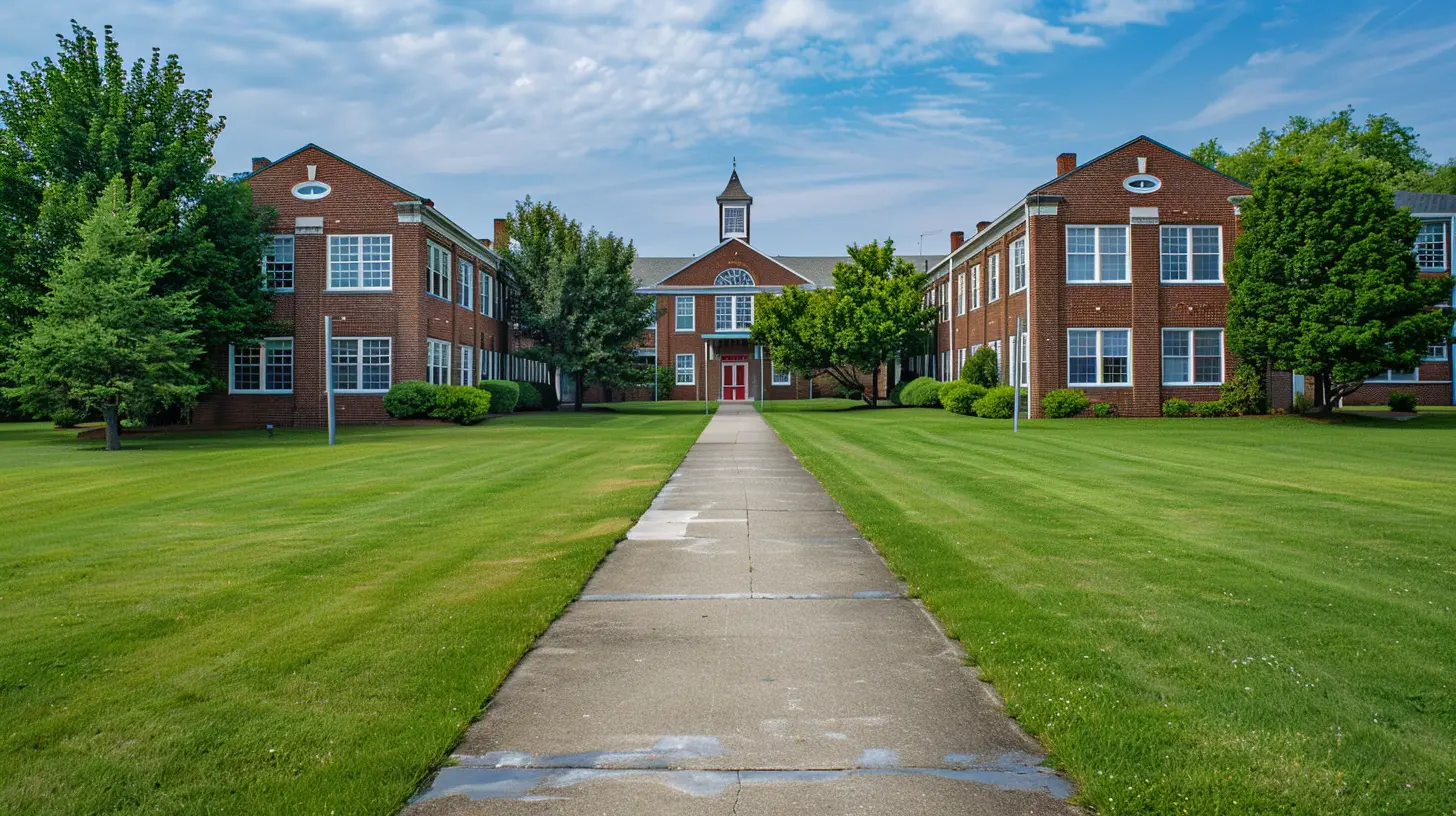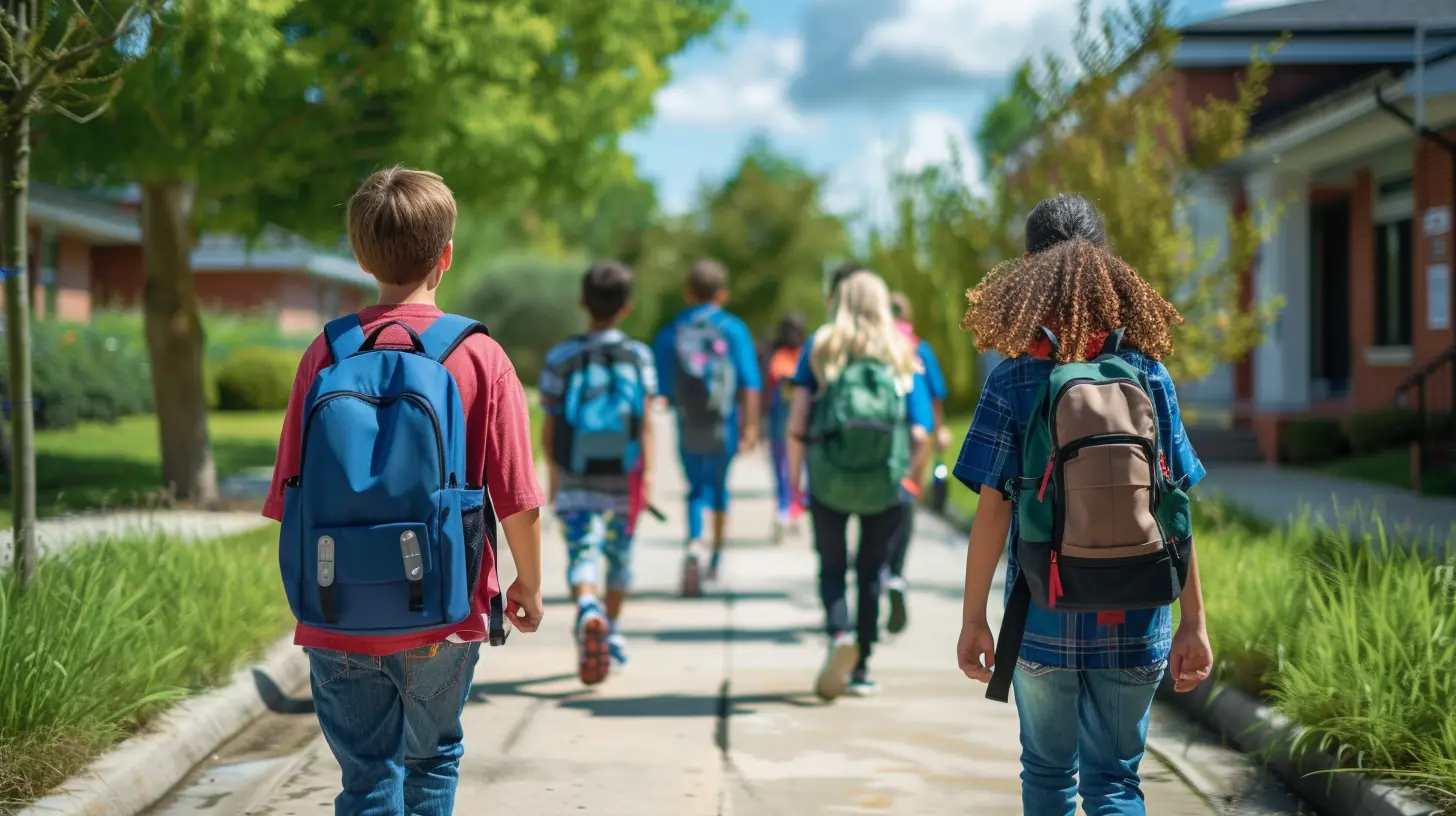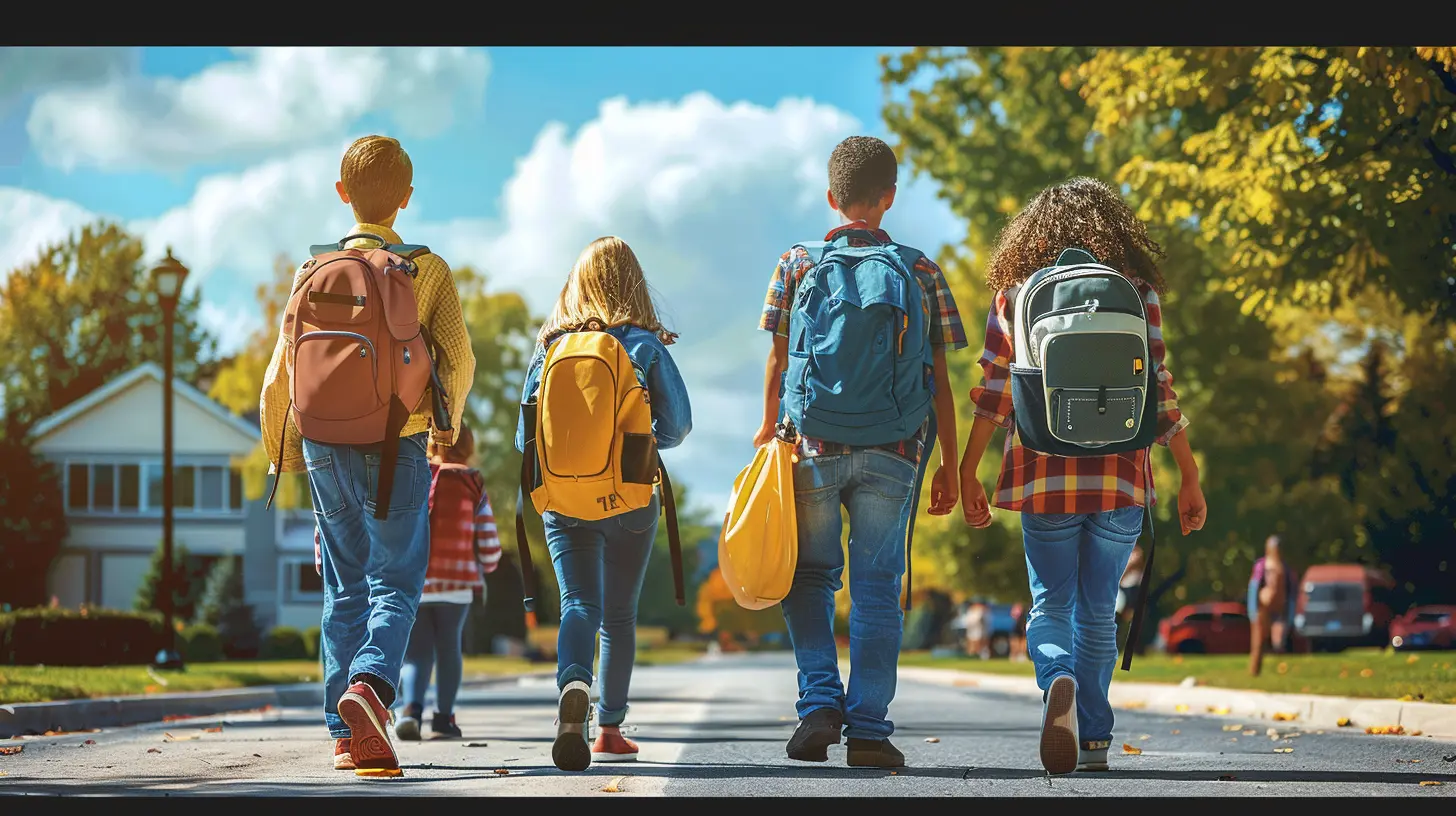Key Safety Concerns for Schools in Rural and Urban Areas
12 April 2025
School safety is a major concern for educators, parents, and students alike. Whether in a rural or an urban setting, schools face unique challenges that can impact the safety and well-being of everyone in the building. From threats of violence to environmental hazards, ensuring a safe learning environment requires a proactive approach.
In this article, we’re going to break down the key safety concerns for schools in both rural and urban areas, and discuss practical ways to address them. 
1. Safety Challenges in Rural Schools
Rural schools tend to be smaller, more spread out, and located in less densely populated areas. While this might seem like a safer environment compared to urban schools, rural areas have their own set of risks.1.1 Limited Access to Emergency Services
One of the biggest safety concerns in rural schools is the lack of immediate access to emergency services. When an emergency occurs—whether it's a medical issue, a fire, or a security threat—help can take longer to arrive compared to urban schools. This delay can make a critical difference in life-threatening situations.Possible Solutions:
- Implement first-aid and emergency training for teachers and staff.
- Establish clear emergency response protocols and train students on what to do in a crisis.
- Work with local law enforcement and medical services to create a faster response plan.
1.2 Natural Disasters and Environmental Hazards
Rural areas are more prone to natural disasters such as wildfires, floods, and tornadoes. Schools in these regions need to be prepared for unexpected weather-related emergencies.Possible Solutions:
- Conduct regular emergency drills for different types of natural disasters.
- Ensure school buildings are built to withstand local environmental threats.
- Have an emergency supply kit stocked with water, food, first aid, and communication tools.
1.3 Transportation and Bus Safety
With students often traveling long distances to get to school, transportation safety is a crucial issue in rural areas. Poor road conditions, extreme weather, and long bus routes increase the risk of accidents.Possible Solutions:
- Regularly maintain and inspect school buses.
- Train bus drivers in safety procedures and emergency response.
- Educate students on proper behavior while riding the school bus.
1.4 Internet and Cybersecurity Issues
Many rural schools struggle with limited internet access, which can make implementing modern security measures difficult. Without strong cybersecurity, schools can be vulnerable to cyber threats.Possible Solutions:
- Invest in better internet infrastructure for rural schools.
- Teach students and staff about online safety and cybersecurity threats.
- Use secure systems to protect student and staff data. 
2. Safety Challenges in Urban Schools
Urban schools, located in densely populated environments, face different kinds of safety challenges. These schools often deal with risks related to crime, overcrowding, and social issues.2.1 Violence and Gang Activity
A major concern in many urban schools is the prevalence of violence, including fights, bullying, and, in some cases, gang-related activity. The presence of weapons in and around school premises can also be a significant issue.Possible Solutions:
- Implement strong anti-bullying and violence prevention programs.
- Increase the presence of school resource officers or security personnel.
- Encourage students to report any safety concerns anonymously.
2.2 Overcrowding and Limited Resources
Urban schools are often packed with students, leading to overcrowded classrooms, hallways, and even cafeterias. Overcrowding can make it harder to monitor student behavior and increases the chances of conflicts.Possible Solutions:
- Advocate for better funding to decrease student-to-teacher ratios.
- Utilize technology and online learning tools to reduce classroom congestion.
- Improve school layout and traffic flow to minimize bottlenecks in hallways and public spaces.
2.3 Mental Health and Emotional Well-Being
The fast-paced, high-stress environment of urban schools can take a toll on students' mental health. Anxiety, depression, and stress-related issues are increasingly common.Possible Solutions:
- Hire more school counselors and mental health professionals.
- Provide safe spaces where students can talk about their concerns.
- Educate students on coping mechanisms and stress management techniques.
2.4 Traffic and Pedestrian Safety
Urban schools often face significant traffic-related dangers. Heavy road congestion, speeding vehicles, and unsafe crosswalks put students at risk, especially during pick-up and drop-off times.Possible Solutions:
- Implement school zone speed limits and enforce strict traffic rules.
- Assign crossing guards and ensure safe pedestrian pathways.
- Educate students on road safety and the importance of using designated crosswalks. 
3. Common Safety Concerns for Both Rural and Urban Schools
While rural and urban schools have different challenges, some safety concerns are universal.3.1 School Shootings and Security Threats
Sadly, school shootings and security threats have become a growing concern in both rural and urban schools. Every school, regardless of location, must have a solid plan in place for handling security threats.Possible Solutions:
- Implement controlled access points and visitor screening procedures.
- Train staff and students on lockdown and evacuation procedures.
- Work closely with local law enforcement to identify potential threats before they escalate.
3.2 Bullying and Harassment
Bullying happens everywhere—whether in a small-town school or a big city institution. With the rise of social media, cyberbullying has become just as dangerous as in-person harassment.Possible Solutions:
- Enforce strict anti-bullying policies with clear consequences.
- Encourage students to speak up about bullying, both in person and online.
- Foster a positive and inclusive school culture where every student feels safe.
3.3 Health and Hygiene
Another common safety concern is maintaining good hygiene and preventing the spread of illnesses. Schools are breeding grounds for germs, and without proper hygiene measures, students and staff can easily get sick.Possible Solutions:
- Promote regular handwashing and provide sanitizing stations.
- Ensure classrooms and restrooms are cleaned and disinfected regularly.
- Encourage sick students to stay home to prevent the spread of illnesses. 
Conclusion
Ensuring the safety of students and staff is an ongoing challenge for both rural and urban schools. While the specific risks may differ, the goal remains the same: to create a secure and supportive learning environment where students can thrive.By addressing these concerns proactively—whether through better emergency planning, improved mental health support, or stronger security measures—schools can take significant steps toward a safer future for everyone.
At the end of the day, school safety isn't just about preventing threats—it's about giving students the confidence that their school is a place where they can learn, grow, and feel protected.
all images in this post were generated using AI tools
Category:
School SafetyAuthor:

Bethany Hudson
Discussion
rate this article
7 comments
Jace Bishop
This article highlights essential safety concerns in both rural and urban schools, emphasizing the need for tailored approaches to ensure the well-being of all students.
May 9, 2025 at 8:00 PM

Bethany Hudson
Thank you for your insightful comment! I'm glad the article resonated with you and emphasized the importance of tailored safety approaches for all students.
Ranger Gomez
Imagine a school where raccoons host safety drills! 😂 But seriously, whether in a bustling city or a serene countryside, safety is key. Let’s equip our schools with the best tools to keep both scholars and unsuspecting critters safe!" 🦝📚
April 19, 2025 at 6:56 PM

Bethany Hudson
Absolutely! Safety is vital in all settings, and creative solutions can keep both students and wildlife safe. Let’s prioritize safety in our schools! 🦝✨
Maria Ford
Both rural and urban schools must prioritize safety infrastructure to effectively protect students and staff.
April 18, 2025 at 3:31 AM

Bethany Hudson
Absolutely! Ensuring robust safety infrastructure is essential for safeguarding the well-being of students and staff in both rural and urban schools.
Juliet McManus
Thank you for this insightful article. It's crucial to address safety concerns in both rural and urban schools, as each environment presents unique challenges. Ensuring a safe learning space for all students is vital for their growth and overall well-being.
April 17, 2025 at 7:41 PM

Bethany Hudson
Thank you for your thoughts! Ensuring safety in both rural and urban schools is indeed essential for fostering a positive learning environment.
Henrietta Franklin
Safety first, education thrives everywhere!
April 16, 2025 at 11:22 AM

Bethany Hudson
Thank you! Indeed, prioritizing safety is essential for fostering a thriving educational environment in both rural and urban settings.
Julianne McFadden
Thank you for addressing such an important topic! The safety challenges faced by schools in both rural and urban settings are crucial for ensuring a secure learning environment. I appreciate the insights shared and look forward to further discussions on this issue.
April 16, 2025 at 3:16 AM

Bethany Hudson
Thank you for your thoughtful comment! I'm glad you found the insights valuable and look forward to continuing the conversation on this vital issue.
Brigitte Cooper
This article hits the nail on the head! Whether in a rural school with limited resources or an urban setting facing unique challenges, safety should always be a priority. It's crucial for educators, parents, and communities to work together to create a secure environment for our kids.
April 15, 2025 at 1:00 PM

Bethany Hudson
Thank you for your insightful comment! I completely agree—collaboration among educators, parents, and communities is essential for ensuring the safety of all students, regardless of their environment.
MORE POSTS

How to Balance Online and In-Person Instruction

How to Build Strong Networking Skills for Career Advancement

Setting the Tone from Day One: Tips for a Successful Start

How to Use Reflection to Improve Your Study Strategies

How to Build Strong Relationships with Professors

The Power of Collaborative Learning: Building Stronger Minds Together